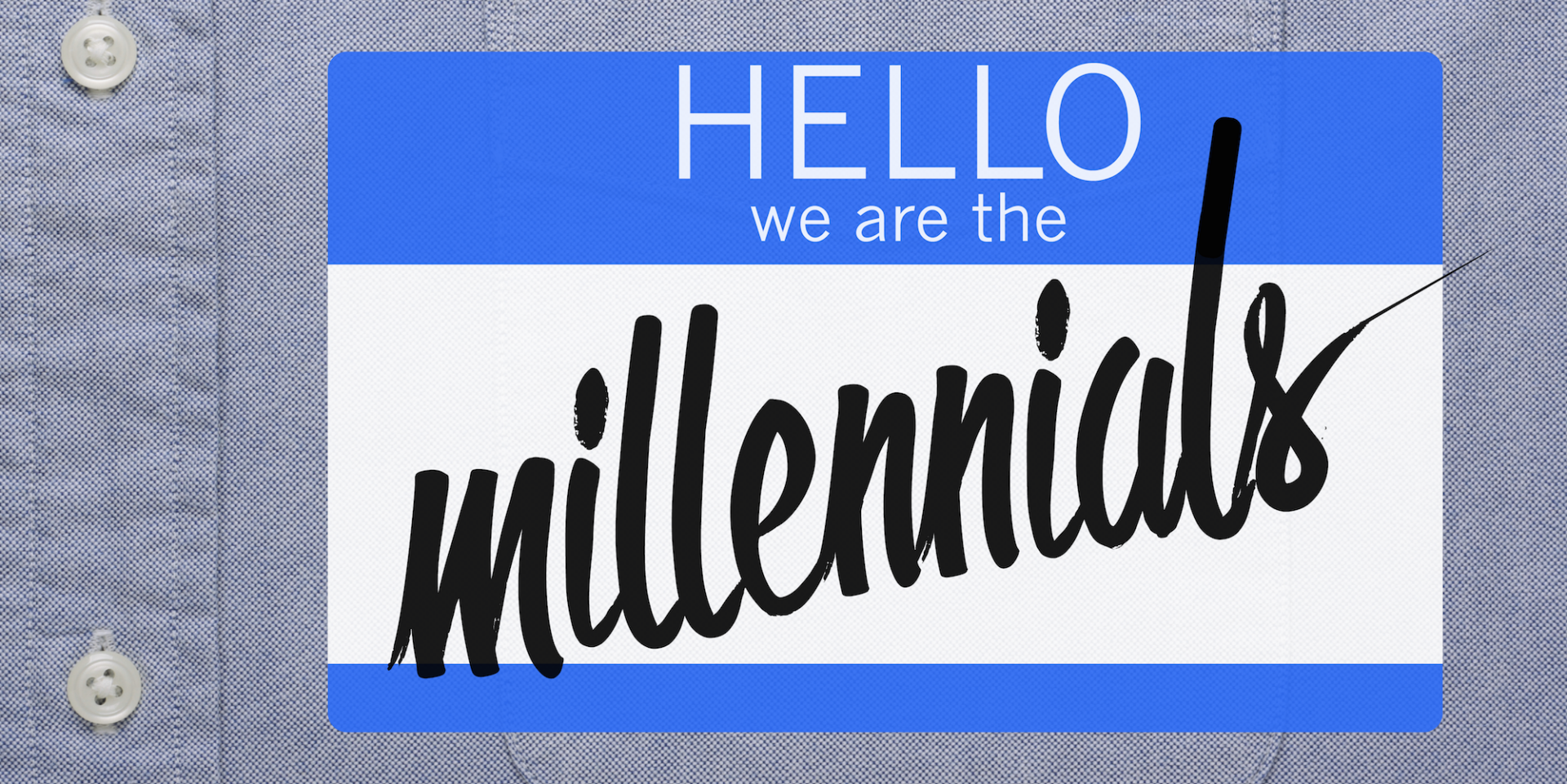You’ve seen articles, infographics and webinars about it. You may have even sought out personal assistance on how in the world to reach this wonder demographic known as The Millennials. Yet there still doesn’t seem to be much definitive help as to how to reach this group.
The problem is that there isn’t an adequate understanding of millennials as individuals. Instead, there’s a common misconception that millennials are all the same and you can reach them in one fell swoop. I’m a millennial, and I’m much different than others I work with.
Millennials are not one homogenous group. By definition, millennials are those born between 1980 and 2000. That means the age ranges from 15-35—yes, I did the math myself (self five!).
Let’s stop treating them like they’re all the same. Instead, use these three tips to better speak to the millennial generation.
Segment Better (Be Specific)
It’s not specific enough to segment your target into two groups—millennials and baby boomers. Targeting either group would be a good first step towards segmentation, but a millennial still implies a large category that must be further broken down.
Even trying to reach people in the 15-18 age range is going to be a challenge. Though it’s just a three year difference, life happens quickly at this age and interests change. A 15-year-old is typically just getting into high school and an 18-year-old could already be on their way to college.
In a nutshell, there would be no way to reach a group of people effectively given only an age as your primary demographic segmentation—even if it is just 15-year-olds you’re trying to appeal to. You have to know more. So why is it that we think we can effectively generalize a group of people spanning from 15-year-olds all the way to 35-year-olds? That’s a 20-year age gap.
The issue with organizations that fail at reaching millennials isn’t that they have bad tactics, its that the strategy is far too broad from the jump. There is nothing wrong with trying to reach a group of people or even a few different groups of people at the same time, but they have to be specific enough to target the individuals within each group. Who within the millennial category are you talking to? How do they talk, think and interact? What’s the itch they can’t scratch? Figure that out before you move forward.
Hire Them
Due to the percentage of the population they encompass, hiring millennials is a must. But you have to do it right. If you’re trying to reach millennials, why not have some on your team to help you better understand? At Nonprofit Hub, we’ve got the millennial demographic covered and we love it.
With that said, it’s important to curate a work space culture that garners the interest of the younger generation. Make it enticing for anybody to want to work for your organization. People appreciate things like laid back vacation policies, healthy workplace friendships and a work hard, play hard mentality. Keeping a good balance between personal life and work life is extremely important in attracting millennial employees.
Be Personable (Social Media, Marketing Materials, etc.)
Millennials are not young and immature (as some have previously written them off). Some millennials are still young, but many of them are well into adulthood. The best way to reach this large demographic is not to throw a photo of a bunch of music listening, beanie wearing, unshaven teenagers looking at an iPad into a tweet and expect an awesome return. Millennials want to be spoken to, not spoken at. And really, what generation or person doesn’t want that?
No matter the generation, being personable is the most important tactic. Try to engage millennials with personable marketing approaches through social media, person-to-person interaction or even cheeky marketing tactics.
Bottom Line—One Size Does Not Fit All
You must relate to individuals no matter what walk of life they’re in. Statistics about millennials are extremely helpful and I’m not discrediting them, but you should also understand that shaping your organization’s entire message around overarching statistics about a large demographic won’t give you the return you’re looking for. Focus on who you want your message to speak to. And as Shia Lebouf would tell you—JUST! DO IT!






